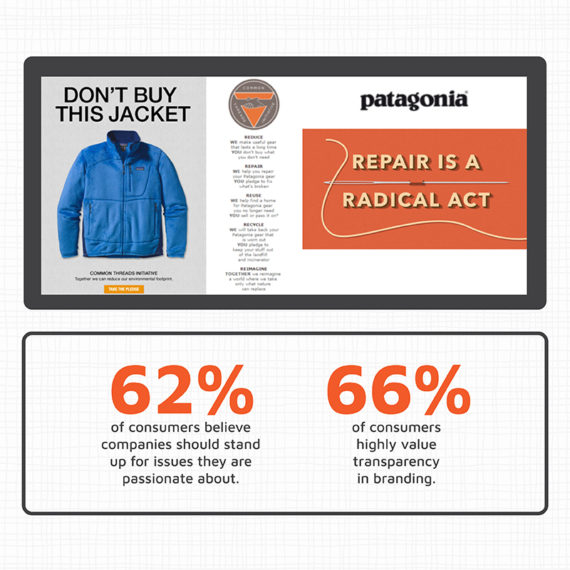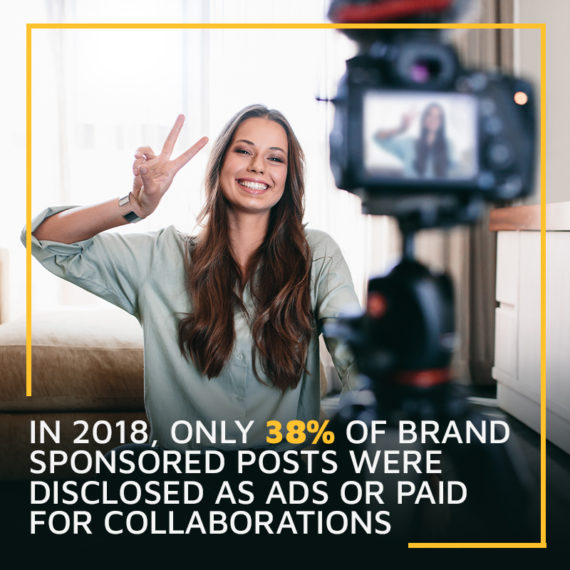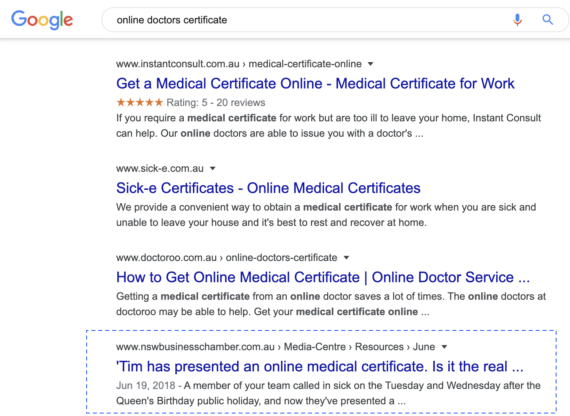With the rise of peer review models like UBER and Trip Advisor and aggregator sites such as booking.com or comparehtemarket.com that break the engagement between the consumer and brand, marketers need to work harder to build a brand identity and relationship with the customer base. Whereas in the past people had an attachment or relationship with various brands for utilities, insurance and the like, they now have more of an attachment to an aggregator that will find them the best deal than with the brand itself, so what can we do to alleviate this problem?

Caroline Hugall of IAG suggests one leading approach is to embed the brand’s purpose and identity in the marketing. Examples of brand purpose we were given show the importance of keeping the purpose and identity simple, such as Patagonia (the environment), Cadbury’s (joy) and Nike (inspiration).
I’ve done my own research into some of these brands to see how they have developed their branding. Taking Patagonia as an example, the environmental brand identity is visible from the outset in the website, with a video of outdoor adventure and the second link on the site being to the company’s environmental activism efforts. In 2017, Patagonia released its first ever television ad and rather than focussing on a new line of apparel, a sale or the like, it instead focussed on the importance of protecting American public lands. In the lead up to the Black Friday sales in 2019, Patagonia released an ad telling customers not to buy a Patagonia jacket, unless they really need it. On top of that, the company devoted all sales on Black Friday to environmental causes.

According to the Accenture Strategy Global Consumer Pulse survey 2018, 62% of consumers believe companies should stand up for issues they are passionate about and 66% highly value transparency in branding. The Don’t Buy This Jacket campaign clearly shows a brand identity strongly aligned with sustainability, recycling, and care for the environment. Giving Black Friday proceeds to environmental causes could also help people self-justify spending money on items they may not need. With this campaign, Patagonia has effectively marketed a lifestyle and ethos seemingly at the expense of their own brand, but has strengthened their brand identity with both new and established consumers. Keeping the brand identity simple and focussed in one area (or a few closely related areas) can help in both brand building and creating a relationship with the consumer.
Being authentic with the branding and identity is extremely important when it comes to maintaining the trust of customers. Trust is hard to gain but extremely easy to lose, especially in an era of heightened consumer expectations. Building trust can be achieved in a number of different ways but authenticity, consistency and transparency form the basis of a good trust building approach. Authenticity should permeate every level of your company, not just the marketing, as saying one thing but practicing another is a sure way to lose trust. Say, for example, a company markets itself as being devoted to equality (perhaps to coincide with Pride or another celebration of diversity) but has a history of overlooking women for promotion or discriminating against LGBTQI employees. This is a sure way to lose trust from a consumer base. If the company, however, practiced what they preached, then trust could be built with the customers.
Consistency and transparency are the other two pillars on which trust can be build when building a brand identity. Being on message in all content, like the overall environmental bent in the case of Patagonia, or being consistent when it comes to customer experience can all aid in consumers developing trust in a brand. Being transparent not only means showing the ethos of the brand, but owning up to mistakes and responding to complaints.
INFLUENCER MARKETING
Influencer culture has become more and more prevalent with the exponential growth of Youtube, and to a lesser extent, Twitch, Influencer marketing has become more and more prevalent. How influencers are utilized can grossly effect trust in a brand. Oporto utilized influencer marketing when launching a vegan burger. Knowing they would most likely get some flack for launching a vegan burger in a chicken focused fast food chain, the chain chose to invite some of the most vocal haters to come in and eat the new burger. Before serving the burgers, they were first laser branded with the negative comments.

Influencers exist all across social media, but Instagram is a major centre of Influencer marketing, with beauty, travel and lifestyle being the focal point of a great deal of the marketing pushes. While clever influencer marketing, such as the Eat Your Words campaign can be effective, this relatively new avenue for marketing has its share of problems. Sponsored posts on social media and streaming/video services are required to carry a disclaimer that content is sponsored as well as any other codes or indicators as required by law. Many influencers have failed to do this on posts. Influencer marketing company, CollectivEdge found that in 2018, only 38% of brand sponsored posts were disclosed as ads or paid for collaborations. The lack of disclosure can and will damage the reputation and brand authenticity of both the sponsoring brand and influencer, as well as legal problems.
Similarly, tying a brand to an influencer can also tie a brand identity to that of the influencer. While this can undoubtedly have positive effects, it can also have repercussions if the influencer acts in an inappropriate way. Take for example the immensely popular social media mogul and influencer, Kendall Jenner. Jenner boasts over 120 million Instagram followers and pulls in around $16 million USD a year in sponsored posts. Her reach is obviously very attractive to a number of brands, but this has backfired a number of times. Pepsi chose the very recognizable Kendall Jenner as the face of a 2017 advertising campaign but came under fire for trivializing Black Lives Matter, whitewashing an act of defiance by an African American woman, and pretending that one of the richest celebrities in the world has a grass roots social conscience. Pepsi quickly pulled the campaign.

Also in 2017 Jenner became one of the public faces of the disastrous Fyre Festival. Jenner and a number of other model/influencers including Bella Hadid and Emily Ratajkowski were paid up to $250,000 USD per post to advertise the upcoming music festival. Jenner did this with a single post garnering almost 6 million views before it was deleted. The post touted the music lineup at the festival, hinted that Jenner’s brother-in-law Kanye West might be a performer and offered a discount code for tickets. Not only was the event a disaster, Jenner also neglected to disclose that the post was sponsored, leading to a subpoena as well as the organisers and influencers being sued for “negligent misrepresentation, fraud, breach of contract for failing to ‘provide the festival experience as promised’ as well as ‘misrepresentations’ that caused people to purchase tickets.”
CONTENT FIRST APPROACH
It’s no wonder that some brands are gun-shy about influencer marketing. During a panel on the subject, both Penny Parkinson, CMO of Vet Matters and Natalie Miller, Head of Brand and Communications at the NSW Business Chamber (formerly the NSW Chamber of Commerce) have avoided influencer marketing. Instead, Miller has adopted a web first marketing strategy based around heavily searched content. While she never explicitly used the term SEO during her panel, the NSW Business Chamber approach is SEO through and through. The content rich site currently contains around 700 articles answering commonly asked questions or search terms, such as, “how much should I pay an intern?” or “workplace advice line”.

In my experience, the first step to both establishing an authentic brand identity and effectively marketing that brand is to understand your customer. This is especially true when optimising SEO. In a panel on B2B Brand Awareness Strategy, one of the panellists, Robin Marchant, Head of marketing, APAXC for Shopify Plus used the example of trying to market software to medical practises. The assumption was made that people would be searching for “health software” but that didn’t work as the target market were those managing the clinics, so they were searching for “practise management software”.
People are always hungry for content. People are looking for tips. Listicles work well, case studies, whitepapers. You should put together content that will make your customers look good, but should always consider the target audience or market. By using SEO techniques, knowing the market and researching what that market will be searching for, I have managed to raise and keep my 2018 Digital Marketing Ted talk to the top of Google.
For more Forward Marketing Summit 2020 posts, check out Technology and Innovation and Ecommerce.
